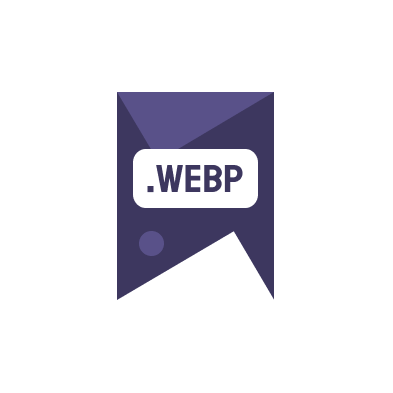Optimizing images is essential for improving website speed and enhancing SEO rankings. In this guide, we’ll explore the top 5 best practices to optimize images in WordPress to ensure your site remains fast and efficient.
1. Choose the Right File Format
Before uploading images to your WordPress site, it’s crucial to select the appropriate file format. JPEG is ideal for photographs with lots of colors, while PNG is better for images requiring transparency. Consider using WebP, which provides high-quality results with smaller file sizes.
2. Compress Your Images
Image compression reduces file size without sacrificing quality. Tools like Adobe Photoshop, TinyPNG, or online services such as Image to webp online free can significantly decrease image weight, making your website load faster.
3. Use Responsive Images
Responsive images adapt to different screen sizes, ensuring a fast loading time and an enhanced user experience. WordPress supports responsive images out of the box through the srcset attribute, which allows browsers to choose the most suitable image size.
4. Lazy Load Images
Lazy loading defers the loading of images until they are visible on the user’s viewport. This means that if a user never scrolls down to an image, it won’t be loaded, thereby reducing initial page load time. Plugins like a3 Lazy Load or WP Rocket can help implement this on your WordPress site.
5. Optimize Image SEO
Besides performance optimization, ensuring your images are discoverable by search engines is crucial. Use descriptive, keyword-rich file names and alt text for each image. For instance, utilizing keywords such as WordPress image optimization can help your images rank in search results.
By following these strategies, you can significantly optimize images in WordPress, enhancing both site speed and SEO. For more detailed guides on image optimization, visit our blog at converterwebp.com/blog.
Also, to learn more about web development and optimization tools, check out Google Developers.

